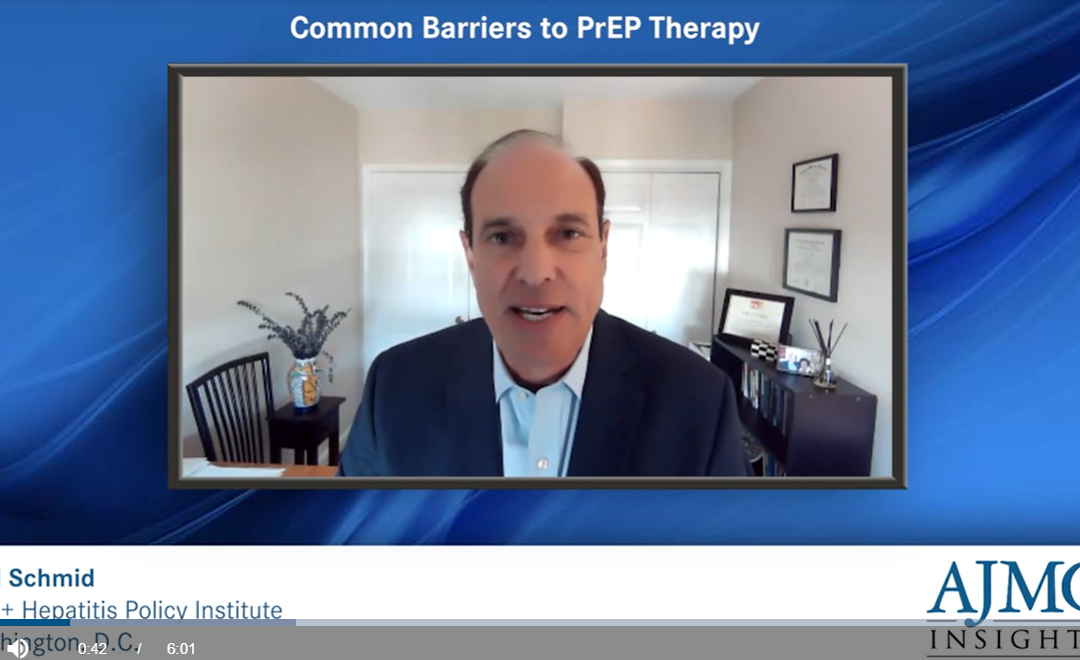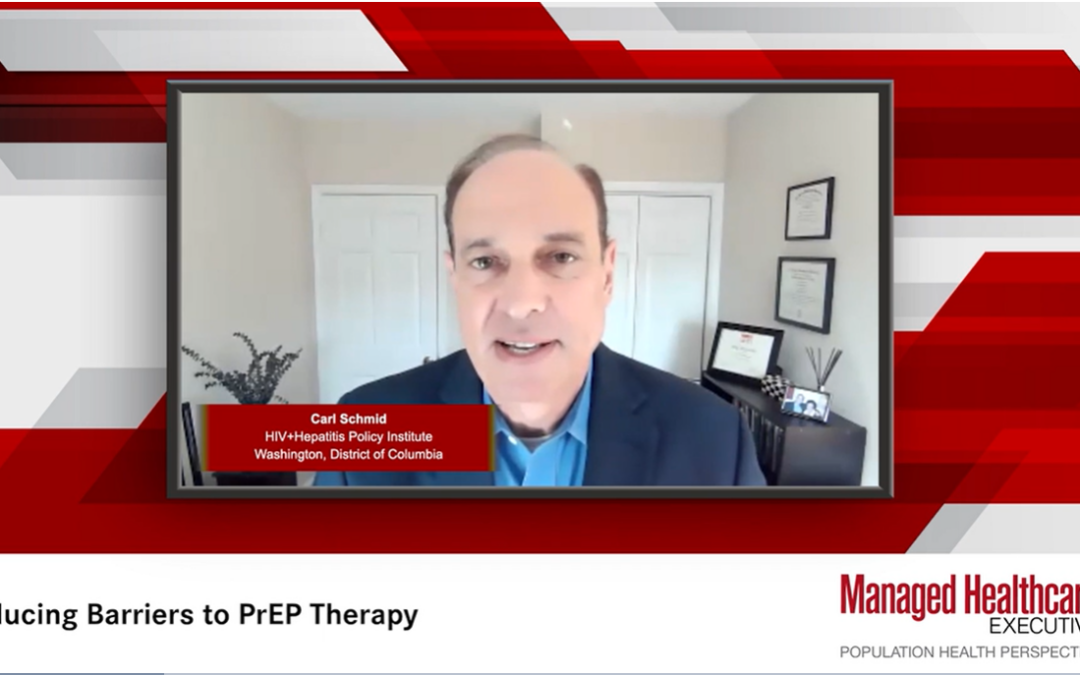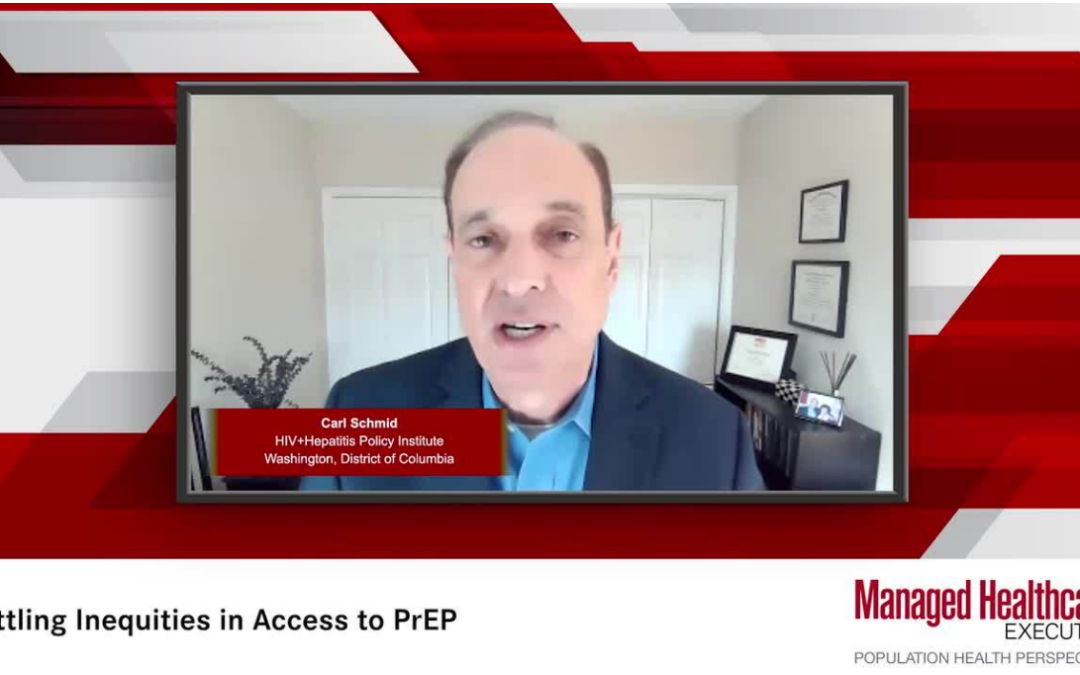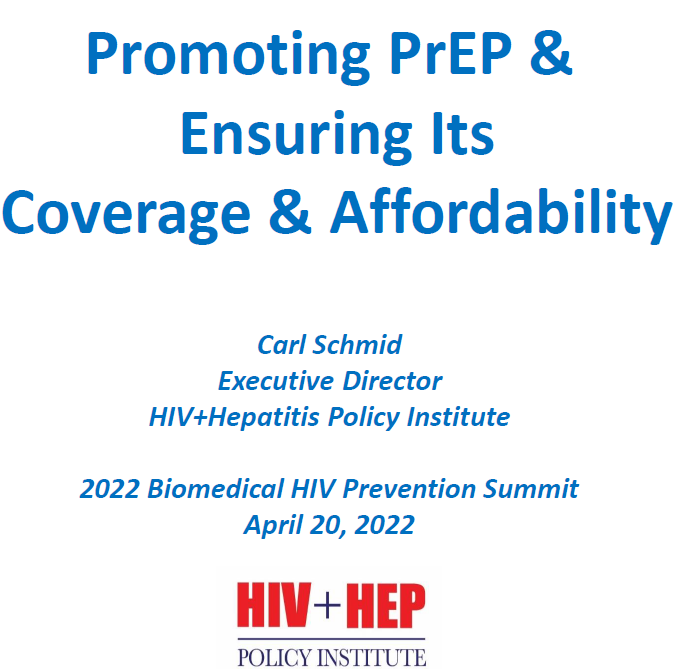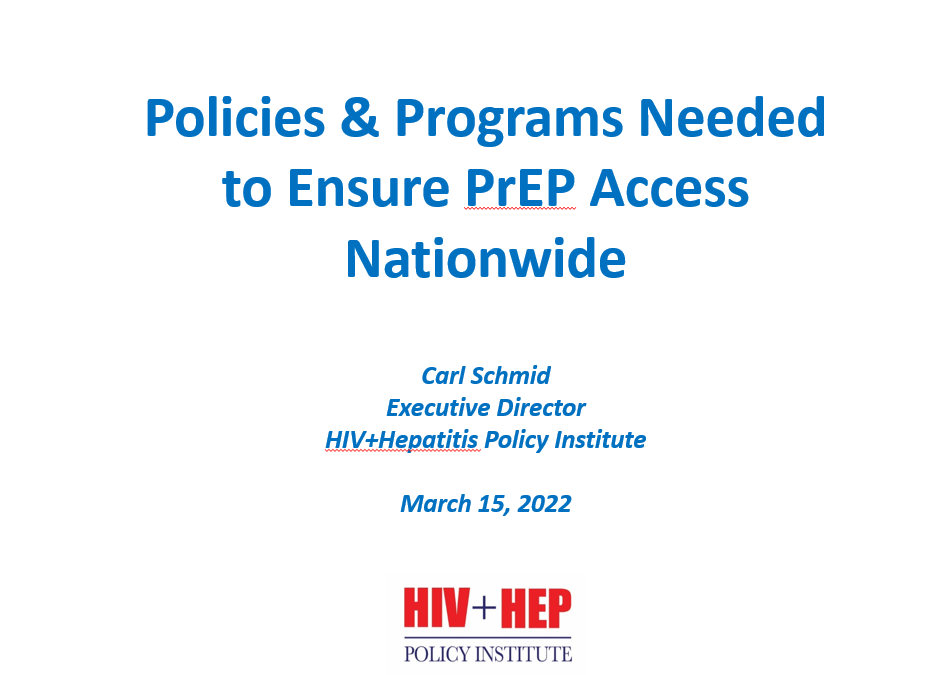It’s a real shame that not enough people are taking PrEP [preexposure prophylaxis] that should be. The CDC [Center for Diseases Control] indicates probably 1.2 million people are eligible to take PrEP, and only around 28% of those people eligible are currently taking it. There’s a number of reasons why. One, people don’t know about it. It’s still relatively new. In the communities that we need to reach—particularly black gay men, Latino gay men, black women—they’re not aware of it. It’s also a burden. You have to take a drug every day for a disease [when] you’re not sick. That’s changed. Some of the pills could be large, and that could be an issue. There are smaller pills right now, but you have to take the drug every day. It’s not just taking the pill. You have to be tested periodically for HIV. You have to make sure that you’re not living with HIV, and you have to go to the clinic or the doctor periodically for a certain test as well. It is a commitment, and there are a lot of hurdles. People may think that there’s a cost associated with it and too many steps and prior authorizations that people have to go through.
